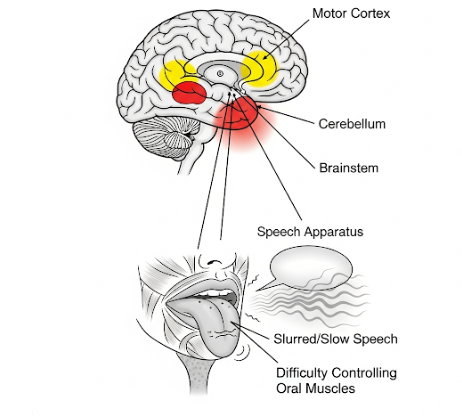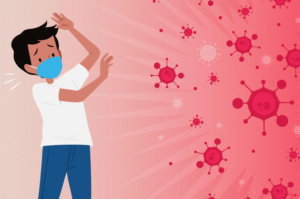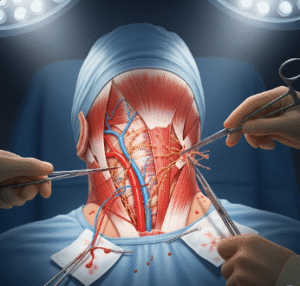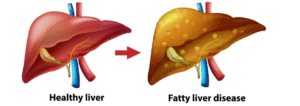Overview
Dysarthria is a motor speech disorder resulting from impaired movement of the muscles used in speech, including the lips, tongue, vocal cords, and diaphragm. In South Korea, dysarthria is commonly seen in patients recovering from stroke, neurological diseases, or head injuries. Early assessment and speech therapy are crucial for improving communication and quality of life.
What is Dysarthria?
Dysarthria occurs when nerve damage or neurological conditions disrupt the coordination and strength of speech muscles, leading to slurred, slow, or abnormal speech. It can affect individuals of all ages but is particularly prevalent in older adults with neurological disorders such as stroke, Parkinson’s disease, or multiple sclerosis.
Symptoms
Symptoms of dysarthria may include:
- Slurred or mumbled speech
- Slow or rapid speech rate
- Abnormal rhythm or intonation
- Weak or hoarse voice
- Difficulty pronouncing certain sounds
- Reduced intelligibility, making communication challenging
Causes
Primary causes of dysarthria include:
- Stroke or transient ischemic attacks
- Traumatic brain injury
- Neurodegenerative diseases (e.g., Parkinson’s disease, ALS, multiple sclerosis)
- Cerebral palsy
- Brain tumors or lesions
- Infections affecting the nervous system
Risk Factors
Factors increasing the likelihood of dysarthria include:
- History of stroke or cardiovascular disease
- Neurodegenerative disorders
- Traumatic brain injury
- Age-related neurological degeneration
- Chronic alcohol or substance abuse affecting neurological function
Complications
If untreated, dysarthria may lead to:
- Social isolation and communication difficulties
- Emotional distress or depression
- Nutritional issues if swallowing muscles are also affected
- Reduced quality of life and independence
Prevention
Preventive strategies include:
- Managing risk factors for stroke and neurological diseases
- Early treatment of neurological conditions
- Prompt rehabilitation after head injuries or surgery
- Maintaining healthy lifestyle habits to protect brain function
Treatment Options in Korea
In South Korea, treatment for dysarthria focuses on speech therapy, medical management, and supportive care:
Speech and Language Therapy:
- Tailored exercises to improve articulation, strength, and coordination of speech muscles
- Use of assistive devices or communication aids for severe cases
- Strategies for enhancing clarity and intelligibility in daily communication
Medical Management:
- Treatment of underlying conditions such as stroke, Parkinson’s disease, or ALS
- Medications to improve muscle function or manage symptoms
Supportive Care:
- Occupational therapy to support daily living and communication
- Counseling for patients and families to address emotional and social challenges
Specialized Care:
- Speech-language pathology departments in major Korean hospitals provide comprehensive assessment and therapy
- Multidisciplinary teams including neurologists, physiatrists, and therapists optimize patient outcomes
With timely therapy and comprehensive management, patients with dysarthria in Korea can significantly improve their communication skills and quality of life.













